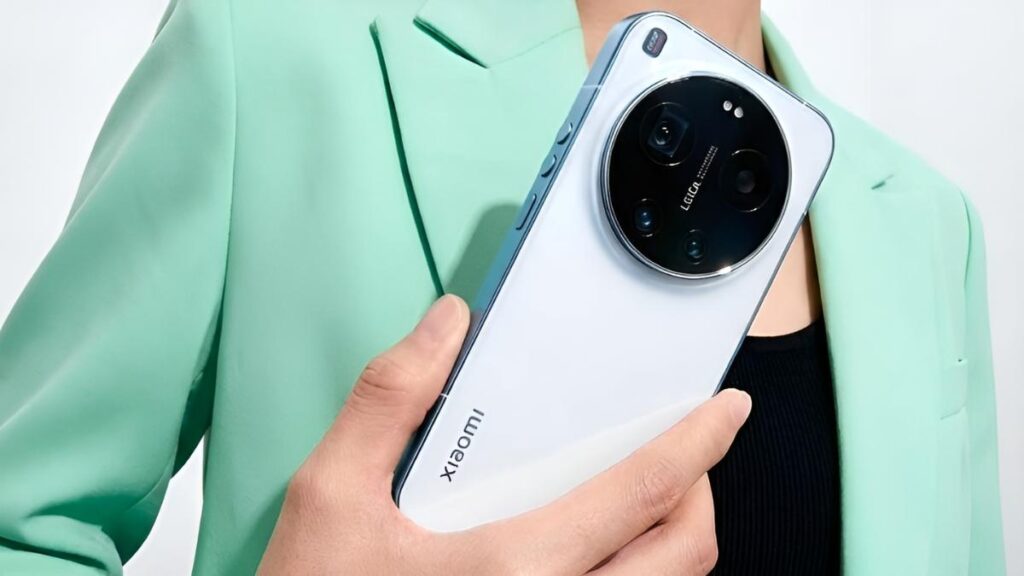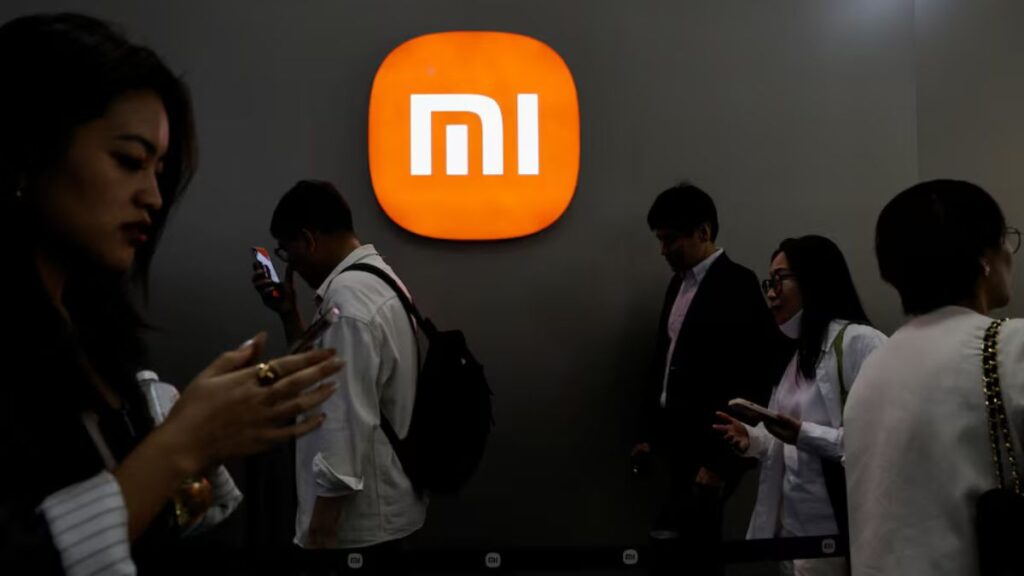The Xiaomi Pad 7 Pro and OnePlus Pad Pro are two of the most popular tablets in the market today.
Both offer impressive features, but each has its strengths and weaknesses. Let’s break down the key differences to help you decide which tablet is the best choice for your needs.
| Feature | Xiaomi Pad 7 Pro | OnePlus Pad Pro |
|---|---|---|
| Display | 11.2-inch IPS LCD, 344 PPI, 800 nits peak brightness | 12.1-inch screen, 304 PPI |
| Chipset | Snapdragon 8s Gen 3 | Snapdragon 8 Gen 3 |
| RAM | Up to 12GB | Up to 16GB |
| Battery | 8850mAh | 9510mAh |
| Charging | 67W fast charging | 67W fast charging |
| Rear Camera | 50 MP main, 2 MP depth sensor | 13 MP main |
| Front Camera | 32 MP | 8 MP |
| Starting Price | $399 | $499 |
1. Design and Display
The Xiaomi Pad 7 Pro features an 11.2-inch IPS LCD display with a 344 PPI pixel density and 800 nits of peak brightness. This ensures crisp visuals, making it great for reading or working. The OnePlus Pad Pro has a larger 12.1-inch display, but with a lower 304 PPI pixel density, making it slightly less sharp.
Both tablets support Dolby Vision, HDR10, and a 144Hz refresh rate for smooth visuals. However, Xiaomi includes an always-on display, giving it an edge in convenience. While the OnePlus Pad Pro shines with a bigger screen, Xiaomi offers sharper resolution and portability.
2. Specifications
The Xiaomi Pad 7 Pro runs on the Snapdragon 8s Gen 3 chipset, delivering reliable performance for general tasks and multimedia. The OnePlus Pad Pro is powered by the slightly more powerful Snapdragon 8 Gen 3, providing an advantage for multitasking and gaming.
OnePlus offers up to 16GB of RAM, which is ideal for future-proofing. Battery life is similar on both tablets, but OnePlus has a larger 9510mAh battery, while Xiaomi has an 8850mAh capacity. Both support 67W fast charging, but Xiaomi’s efficient HyperOS optimizes power use, making it more energy-efficient for longer sessions.
3. Camera
Xiaomi takes the lead with a dual-camera setup that includes a 50 MP main sensor and a 2 MP depth camera, providing superior detail and bokeh effects for photography. The 32 MP front camera is also great for selfies and video calls.
The OnePlus Pad Pro has a 13 MP rear camera and an 8 MP front camera, offering decent performance but falling short of Xiaomi’s more detailed shots. If camera quality is a priority, especially for content creation or clear video calls, Xiaomi is the better choice.
4. Pricing
The Xiaomi Pad 7 Pro starts at $399, making it a more affordable option with flagship-level features. The OnePlus Pad Pro, starting at $499, justifies its higher price with a more advanced chipset, a larger screen, and up to 16GB of RAM.
For budget-conscious buyers, Xiaomi offers great value, while those willing to pay more can enjoy the enhanced performance and screen size of the OnePlus.
Which is a better tablet?
In conclusion, the Xiaomi Pad 7 Pro stands out for its camera quality, efficiency, and value for money, making it ideal for users who want great performance without breaking the bank.
On the other hand, the OnePlus Pad Pro excels in processing power, multitasking, and an immersive display, making it a better choice for power users, gamers, and those who prioritize a larger screen and smoother performance.













